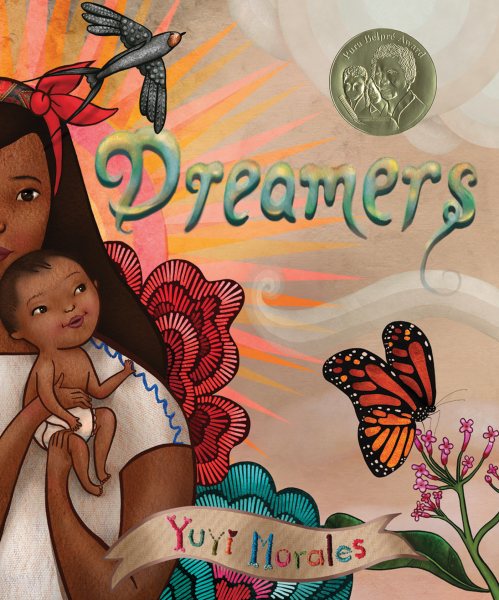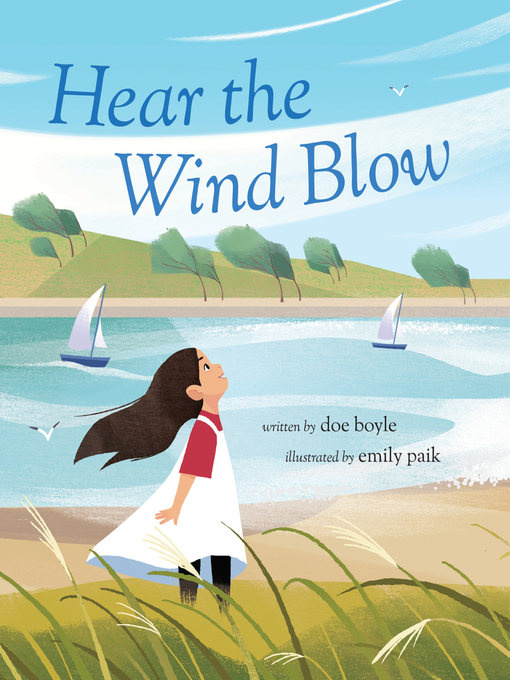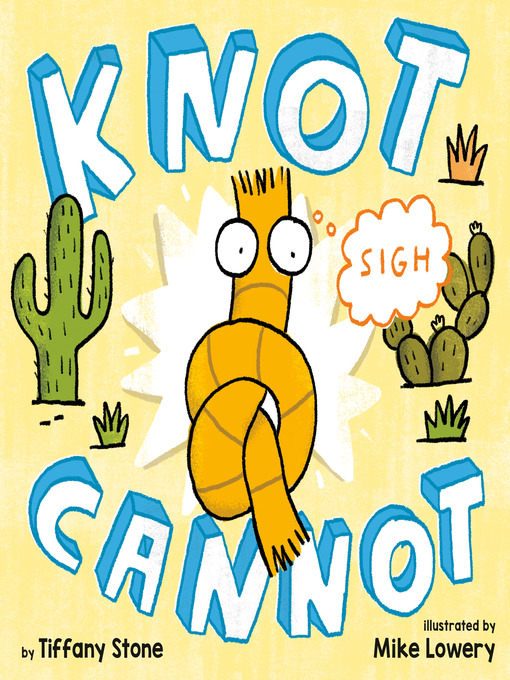Poetry, For Teachers, For Teachers and Students
8 Picture Books to Teach Figurative Language: A Guide for Elementary Educators
Figurative language is an important building block of both poetry and literature at large. As we celebrate National Poetry Month, it's a good time for young readers to develop an understanding of this crucial skill, which can be confusing and challenging for young readers. Metaphors and similes aren't easy for many adults to understand! However, with the appropriate picture books as a teaching tool, students can begin to learn how to process and imagine the descriptive text through a book’s illustrations.
Below are eight picture books that you can incorporate into your classroom instruction, with the different elements of figurative language the book incorporates, as well as a sample quote from the text.

Dreamers by Yuyi Morales
Dreamers tells the story of a mother and child who immigrate to America and must adjust to their new life. The figurative language Morales uses is moving, powerful, and deep—and speaks to an experience that many children in New York City are familiar with.
Figurative Language: similes, metaphors, personification, imagery
Quote: “The sky and land welcomed us in words unlike those of our ancestors.”

Firebird by Misty Copeland and illustrated by Christopher Myers
Firebird tells the story of a young girl who aspires to be a ballerina like Misty Copeland. This Coretta Scott King Award winning picture book features both beautiful, poetic language, as well as engaging illustrations that support the text.
Figurative Language: similes, metaphors
Quote: “you are the sky and clouds and air / your feet are swift as sunlight / stretching across the skyline / like the daylong sun over the horizon”

Hear the Wind Blow by Doe Boyle and illustrated by Emily Paik
Hear the Wind Blow highlights the twelve stages of the Beaufort wind scale—but Boyle manages to make a scientific study of wind into a lyrical poem that features gorgeously crafted language.
Figurative Language: similes, metaphors, personification, onomatopoeia, alliteration, rhyming
Quote: “Meddling wind tugs battened hatches, drums at windows, pulls at latches. Sing out loud while gusts come tumbling. You can match their roar and rumbling.”

The Legend of Rock Paper Scissors by Drew Daywalt and illustrated by Adam Rex
This comical story tells the legend of Rock, Paper, Scissors—by personifying all three inanimate objects! Kids will laugh as they learn what it means to give objects human traits.
Figurative Language: personification
Quote: “Meanwhile, in the Empire of Mom’s Home Office on lonely and windswept Desk Mountain, a second great warrior sought the glory of battle. And his name was Paper.”

Knot Cannot by Tiffany Stone and illustrated by Mike Lowery
Kids will chuckle as Knot envies all the things Snake can do that he cannot. Homophones and wordplay make Knot Cannot a great choice for teaching how odd the English language can be!
Figurative Language: homophones, puns
Quote: “Snake can even shed her skin. Snake looks brand-new. Can Knot look brand-new? No, he’s a frayed knot.”

Magnificent Homespun Brown: A Celebration by Samara Cole Doyon and illustrated by Kaylani Juanita
Magnificent Homespun Brown: A Celebration is not only a celebration of diversity and identity, but also language! This title, which is featured on The New York Public Library’s Best Books for Kids 2020 list, is filled with colorful imagery that invites readers to imagine themselves within the pages of the story.
Figurative Language: similes, imagery, personification, alliteration
Quote: “Cozy brown. Like hot cocoa, a comfortable cup of liquid dreams sliding lazily over contented lips, filling mouths with quiet happiness as our family gathers to watch the swirling rage of a winter storm, tucked snugly inside the folds of our giant sofa.”

Noisy Night by Mac Barnett and illustrated by Brian Biggs
Noisy Night starts off with a child who wakes up to a strange noise above him—and chaos ensues with a variety of sounds that will have children guessing what could be making that noise? The book is a simple, straightforward story that highlights the power of onomatopoeia.
Figurative Language: onomatopoeia
Quote: “What is going RAH, RAH, RAH above my head? Cheerleaders are cheering above my head.”

Your Name is a Song by Jamilah Thompkins-Bigelow and illustrated by Luisa Uribe
One of The New York Public Library’s Best Books for Kids 2020, Your Name is a Song is a great example of how lyrical prose can be woven into a more traditional narrative story. The book tells the tale of a girl whose name is hard to pronounce; when she comes home from school, her mother teaches her that her name is a song—beautiful and powerful.
Figurative Language: metaphor, personification
Quote: “‘Xiomara (see-oh-MARR-ah) fights a battle in your mouth. Tongues bow to say Bilqis (bil-cKee-SS).’”
Read E-Books with SimplyE
 With your library card, it's easier than ever to choose from more than 300,000 e-books on SimplyE, The New York Public Library's free e-reader app. Gain access to digital resources for all ages, including e-books, audiobooks, databases, and more.
With your library card, it's easier than ever to choose from more than 300,000 e-books on SimplyE, The New York Public Library's free e-reader app. Gain access to digital resources for all ages, including e-books, audiobooks, databases, and more.
If you don’t have an NYPL library card, New York State residents can apply for a digital card online or through SimplyE (available on the App Store or Google Play).
Need more help? Read our guide to using SimplyE.